Retro Replay Review
Gameplay
Killer Instinct Gold builds on the solid foundation laid by Killer Instinct 2, delivering a lightning-fast, combo-driven fighting system that feels both familiar and refreshed. Every fighter from the arcade sequel returns, alongside three new combatants—Maya, Kim Wu, and Tusk—each bringing distinctive playstyles and special moves. Whether you’re chaining auto doubles into devastating enders or experimenting with instinct cancels, the depth of the combo engine ensures matches remain unpredictable and exhilarating.
(HEY YOU!! We hope you enjoy! We try not to run ads. So basically, this is a very expensive hobby running this site. Please consider joining us for updates, forums, and more. Network w/ us to make some cash or friends while retro gaming, and you can win some free retro games for posting. Okay, carry on 👍)
One of the biggest draws of the Nintendo 64 version is the expanded roster of game modes. Traditional arcade and versus modes share space with Team and Team Elimination, where you can pit squads of fighters against one another in a gauntlet format. With five selectable speed levels, matches can be dialed in to suit casual brawlers or hardcore combo hunters, guaranteeing that no two sessions feel exactly the same.
The new training mode is a standout addition, addressing the steep learning curve that hardcore players have long praised the series for. Detailed move lists, frame data, and practice dummies allow you to drill individual special attacks and combos until they become second nature. For newcomers, this mode is an invaluable tutor; for veterans, it’s a lab for refining mechanics like crouch cancels and combo breakers.
Overall, the gameplay strikes a satisfying balance between accessibility and technical mastery. Auto doubles let beginners experience thrilling combo chains without memorizing long inputs, while seasoned players can still discover hidden links and optimize damage. Killer Instinct Gold’s versatility in pacing and depth makes it a must-own for any fighting game enthusiast.
Graphics
Visually, Killer Instinct Gold represents a significant step up from its SNES and arcade predecessors. Character sprites have been refined with richer color palettes and smoother animations, taking full advantage of the Nintendo 64’s hardware capabilities. Each fighter moves with fluidity, and their special attacks burst to life with eye-catching effects that pop on both standard-definition CRTs and late-era LCDs.
The stages are equally impressive, featuring dynamic backgrounds that shift in real time. From the neon-lit alleys of Cinder’s urban battleground to the icy caverns of Tusk’s cliffside arena, every environment feels alive. Background stages react to the action—sparks fly when projectiles hit walls, and cameras occasionally shift to highlight finishing moves, adding cinematic flair to each victory.
Character design is detailed, with each fighter sporting unique visual flourishes. Orchid’s lithe, modern assassin aesthetic contrasts sharply with the ancient warrior vibe of Chief Thunder, while the newcomers—Maya, Kim Wu, and Tusk—blend seamlessly into the cast. Polished textures and enhanced shading give their garments and accessories a tangible weight, reinforcing the immersive quality of every match.
Despite occasional frame-rate dips during hyper-combo sequences, the overall graphical presentation remains strong. Lighting effects are well-implemented, and transition animations contribute to a cohesive visual identity. For its era, Killer Instinct Gold stands out as one of the more visually ambitious fighters on the Nintendo 64.
Story
Unlike cinematic-driven fighters of its time, Killer Instinct Gold opts for a minimalistic approach to narrative, unfolding its lore primarily through character intros and arcade ladder progression. Each combatant has a brief backstory that surfaces in between fights, offering glimpses into their motivations—whether it’s Sabrewulf’s quest for redemption or Fulgore’s unrelenting mission to dominate Earth.
While there isn’t a traditional story mode with cutscenes or branching paths, the character endings provide satisfying closure. Defeating Eyedol or the Cyber-Wrath culminates in short, often humorous, vignettes that reflect your fighter’s personality and goals. This format puts the emphasis squarely on gameplay rather than plot, catering to players who prefer action over exposition.
The addition of Maya, Kim Wu, and Tusk also expands the universe subtly. Each new warrior brings fresh lore hooks—Maya’s ties to ancient forgotten tribes, Kim Wu’s noble martial arts heritage, and Tusk’s mythic barbarian saga. These narratives, though brief, add richness to the tournament’s roster and give players new angles to explore.
For those seeking a deep, interconnected storyline, Killer Instinct Gold may feel light. However, its focus on high-octane combat means that narrative interludes never interrupt the flow. The story functions as a flavorful backdrop, perfectly suited to a title whose primary goal is delivering intense one-on-one battles.
Overall Experience
Killer Instinct Gold is an exemplary showcase of how to evolve a fighting franchise without losing its core identity. The refined combo system, expanded roster, and robust training tools cater to both newcomers and veterans, ensuring broad appeal. Whether you’re experimenting with auto doubles or mastering instinct bar tactics, the game offers a deep well of mechanics to explore.
In terms of presentation, the jump to the Nintendo 64 platform brings noticeable improvements. Enhanced visuals, dynamic arenas, and crisp audio all contribute to a more immersive atmosphere. While some visual hiccups appear during the most explosive combos, they rarely detract from the overall spectacle.
Content-wise, the diverse modes keep players engaged for the long haul. From competitive local play to solo training sessions, Killer Instinct Gold delivers hours of replayability. The Team and Team Elimination modes, in particular, add strategic layers that broaden the appeal beyond standard one-on-one bouts.
Ultimately, Killer Instinct Gold stands as a worthy update to the series, marrying blistering gameplay with polished presentation. Whether you’re hunting trophies, perfecting combos in training mode, or vying for victory in multiplayer tournaments, this title remains a standout fighter on the Nintendo 64 and a must-have for genre fans.
 Retro Replay Retro Replay gaming reviews, news, emulation, geek stuff and more!
Retro Replay Retro Replay gaming reviews, news, emulation, geek stuff and more!
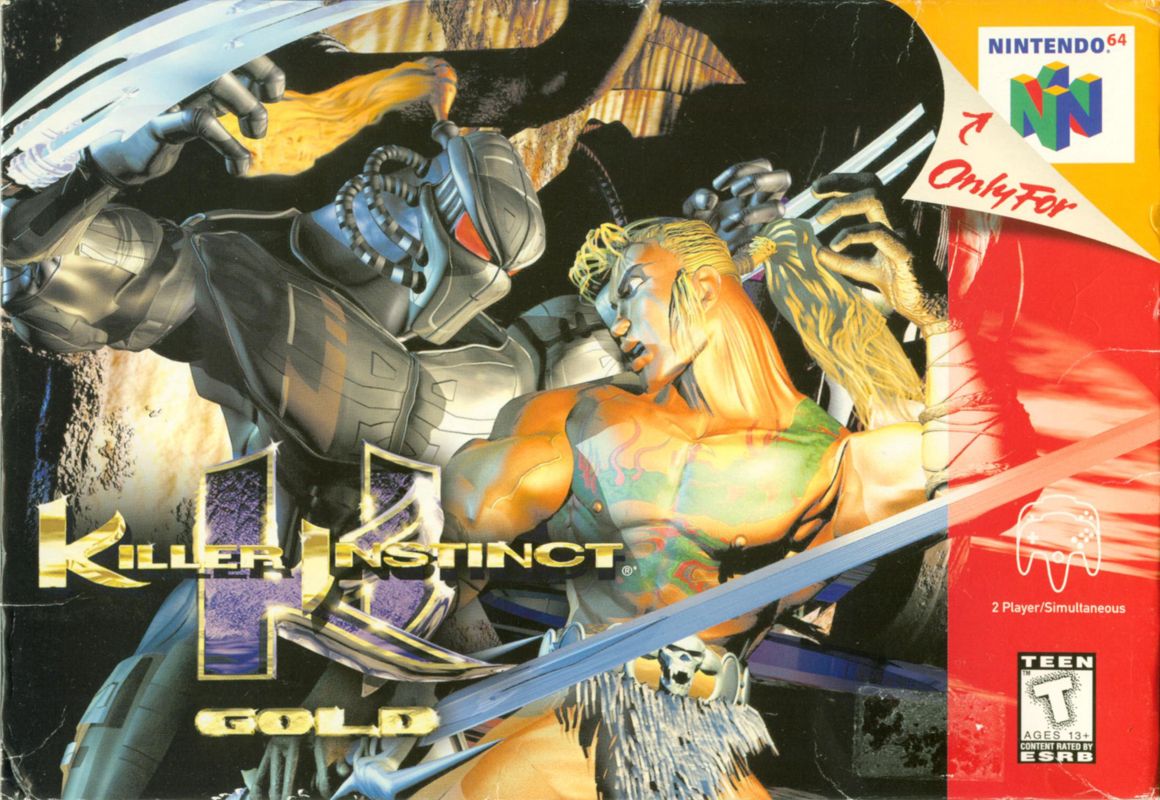
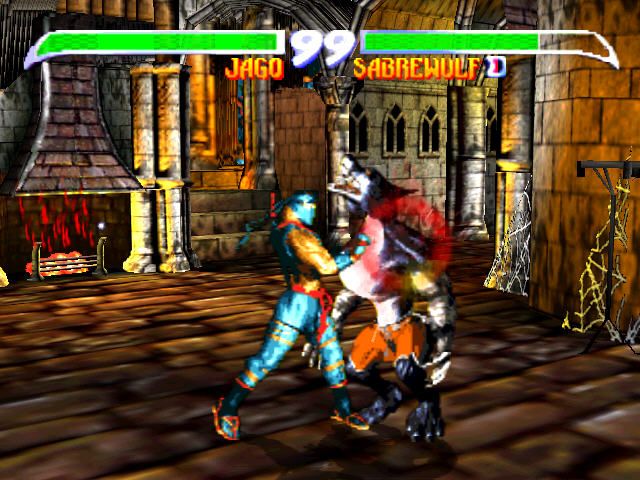

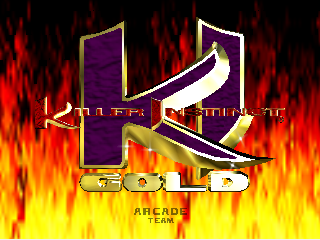
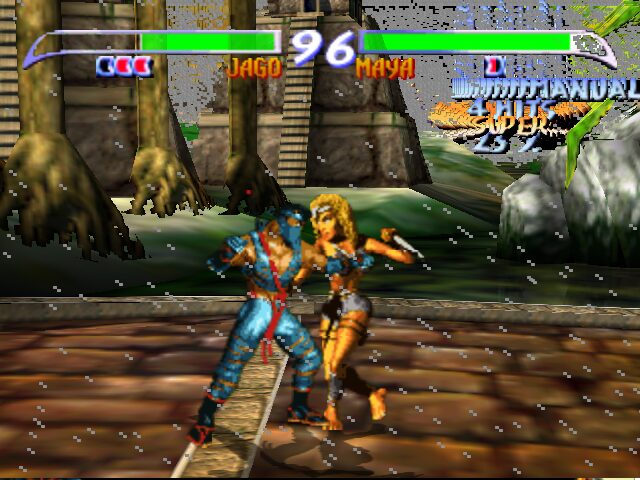
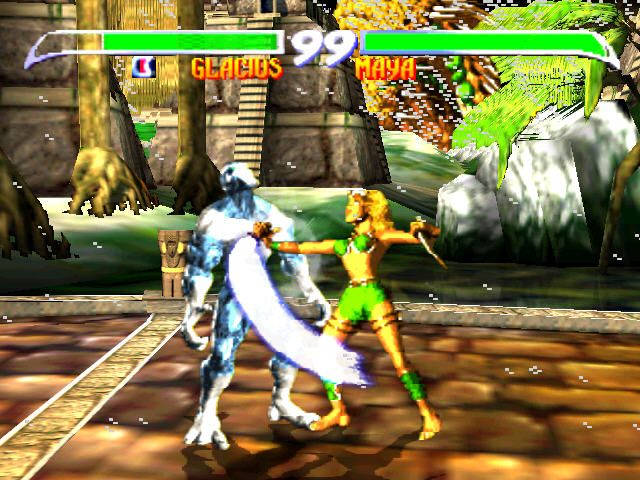


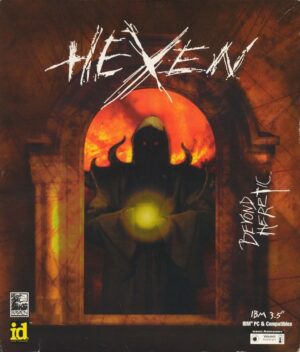
Reviews
There are no reviews yet.